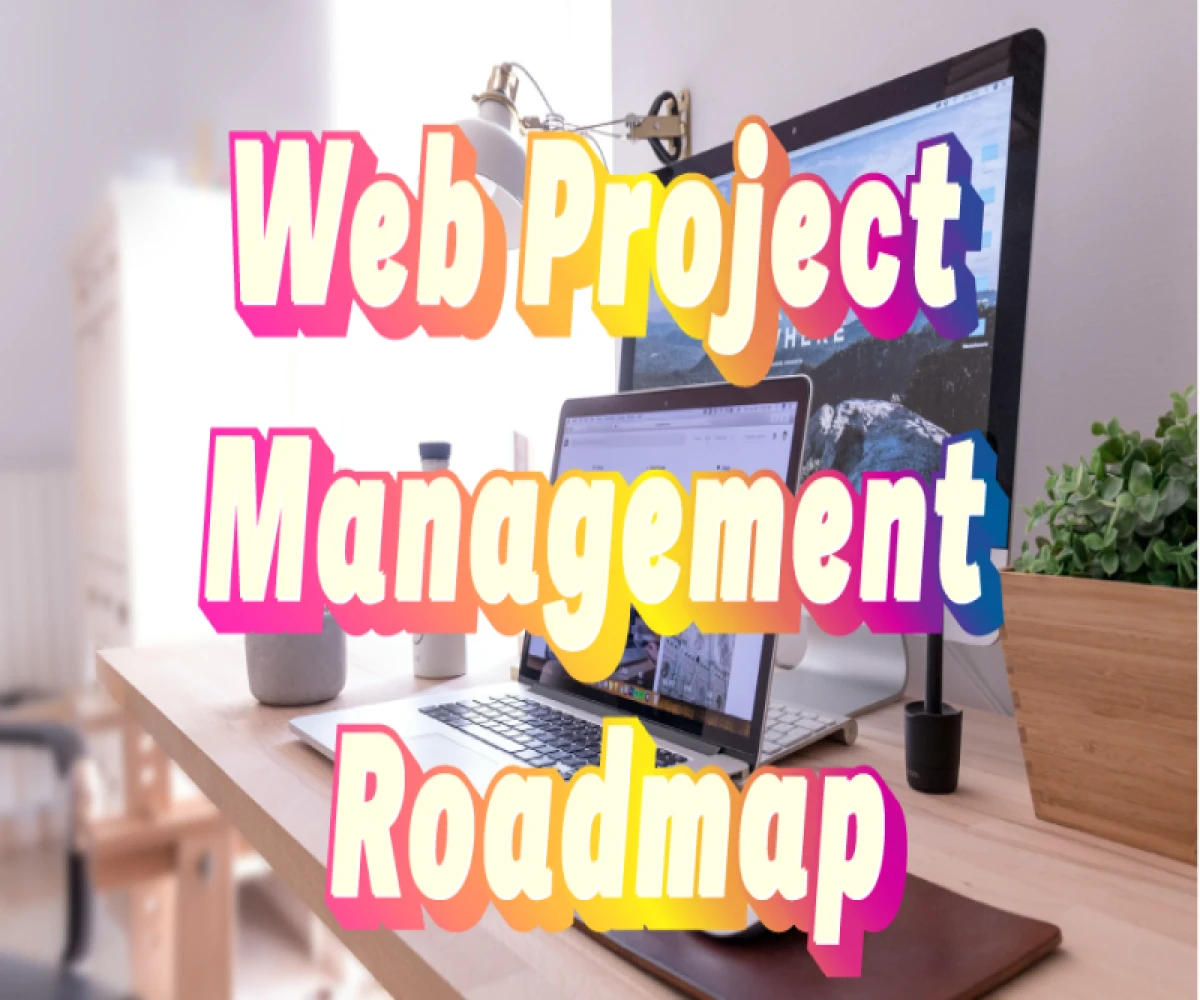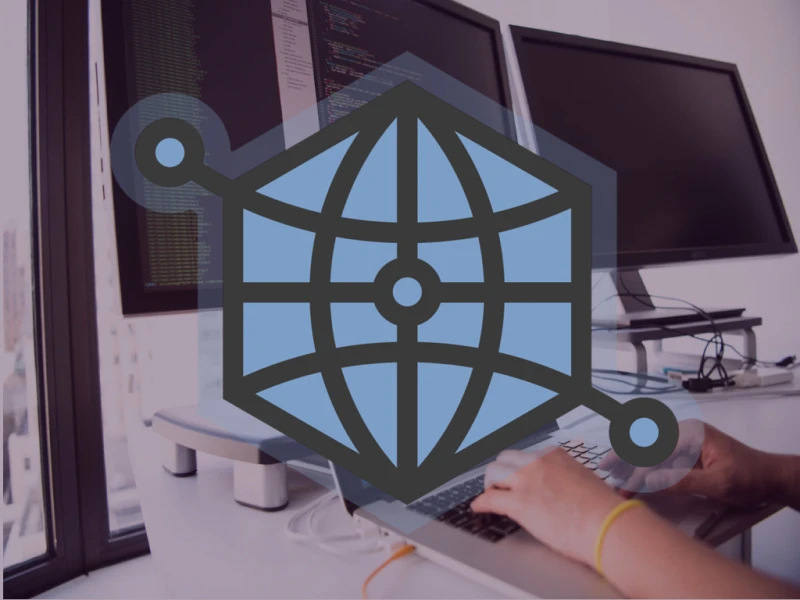
Web Project Realization: A Technical Guide for Planning and Execution
web development
3 months ago
Web Project Management: A Technical Roadmap for Success
Building a successful web project requires a well-defined roadmap, a strategic plan that guides your development team from initial conception to a robust online presence. Here's a breakdown of the key phases involved, focusing on the technical aspects:
Phase 1: Planning and Scoping (1-2 Weeks)
- Project Kickoff: Convene stakeholders to define project goals, target audience, and success metrics (e.g., conversion rates, user engagement).
- Requirements Gathering: Employ user interviews, workshops, or competitor analysis to identify user needs, features, and functionalities.
- Content Strategy Development: Plan the content types and volume required for the website (text, images, multimedia).
- Technology Stack Selection: Choose appropriate programming languages and frameworks (e.g., Python/Django, Node.js/Express) based on project requirements and team expertise.
- Infrastructure Definition: Select hosting platforms (cloud-based, dedicated servers) and database solutions (MySQL, PostgreSQL) to support the application.
- Scope Definition: Clearly outline the functionalities to be included in the Minimum Viable Product (MVP) and plan for potential future iterations.
- Work Breakdown Structure (WBS): Decompose the project into smaller, manageable tasks for efficient development. Utilize tools like Jira or Asana for task management and dependency mapping.
- Resource Allocation: Assign team members based on skillsets (front-end, back-end, QA) and estimate timeframes for each task.
Phase 2: Design and Development (4-12 Weeks or More)
- Information Architecture (IA): Design a logical and user-friendly website structure using wireframes or sitemaps to optimize content findability.
- User Interface (UI) Design: Create mockups and prototypes that define the website's visual elements (layout, color schemes, typography) using design tools like Figma or Adobe XD.
- User Experience (UX) Design: Design user flows and interactions to ensure intuitive user journeys and a positive overall experience. Conduct user testing to identify and address usability issues early on.
- Front-end Development: Implement the website's user interface using HTML, CSS, and potentially JavaScript frameworks (React, Angular) for interactivity.
- Back-end Development: Develop server-side functionalities using chosen languages and frameworks, ensuring data persistence, security, and API integrations if required.
- Content Creation: Develop website content (text, images, videos) based on the pre-defined content strategy and adhering to SEO best practices.
- Quality Assurance (QA): Implement a rigorous testing process to ensure website functionality, responsiveness across devices, and adherence to accessibility standards. Utilize automated and manual testing methodologies.
- Iterative Development: Refine design and functionalities based on feedback from user testing, stakeholder reviews, and internal QA cycles. Embrace an agile development approach for continuous improvement.
Phase 3: Deployment and Post-Launch (2-4 Weeks + Ongoing)
- Website Deployment: Deploy the website to the chosen hosting platform, configuring web servers, databases, and security measures.
- Search Engine Optimization (SEO): Optimize website content and structure for search engines to improve organic discoverability. Utilize keyword research and on-page optimization techniques.
- Analytics Integration: Implement website analytics tools (Google Analytics) to track user behavior, website performance, and measure the effectiveness of marketing campaigns.
- Marketing and Promotion: Launch marketing campaigns (social media, content marketing) to drive targeted traffic to the website.
- Maintenance and Support: Provide ongoing website maintenance (bug fixes, security updates) and technical support to address user issues.
- Content Management System (CMS) Integration (Optional): Consider implementing a CMS (WordPress, Drupal) to empower content creators to manage website content updates.
- Performance Monitoring: Continuously monitor website performance metrics (page load times, server response times) and user behavior to identify areas for optimization. Utilize performance profiling tools for in-depth analysis.
Additional Considerations:
- Version Control: Implement a version control system (Git) to track code changes, facilitate collaboration, and enable rollbacks if necessary.
- Agile Methodology: Consider adopting an agile development methodology (Scrum, Kanban) for iterative development, allowing for flexibility and rapid adaptation to changing requirements.
- API Design: If the project involves integrations with external services, ensure proper API design principles for secure and efficient communication.
- Security Best Practices: Implement robust security measures throughout the development lifecycle to protect user data and prevent vulnerabilities.
Remember: This roadmap serves as a foundational guide. The specific activities and timelines will vary depending on the project's complexity, chosen technologies, and team structure.


